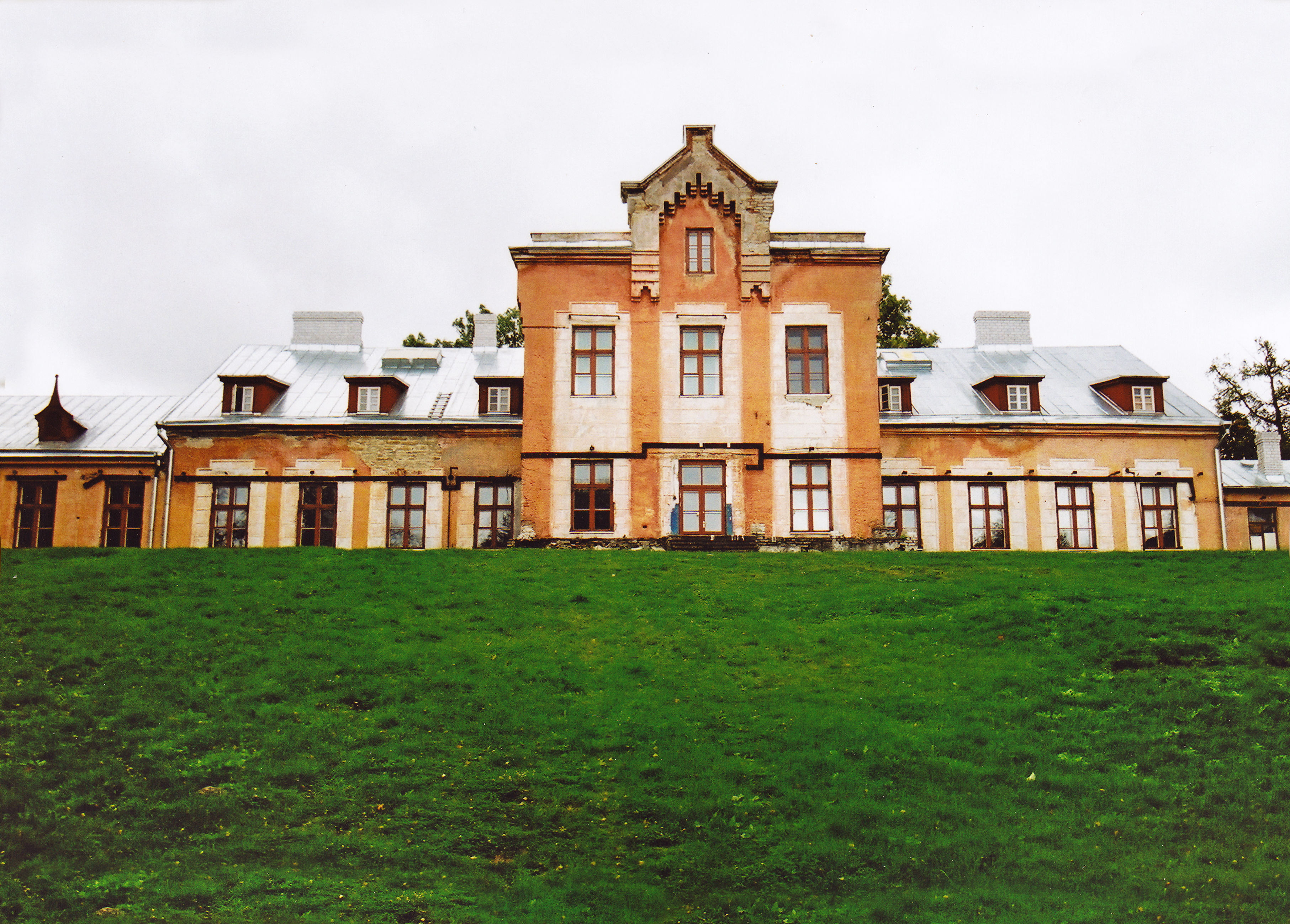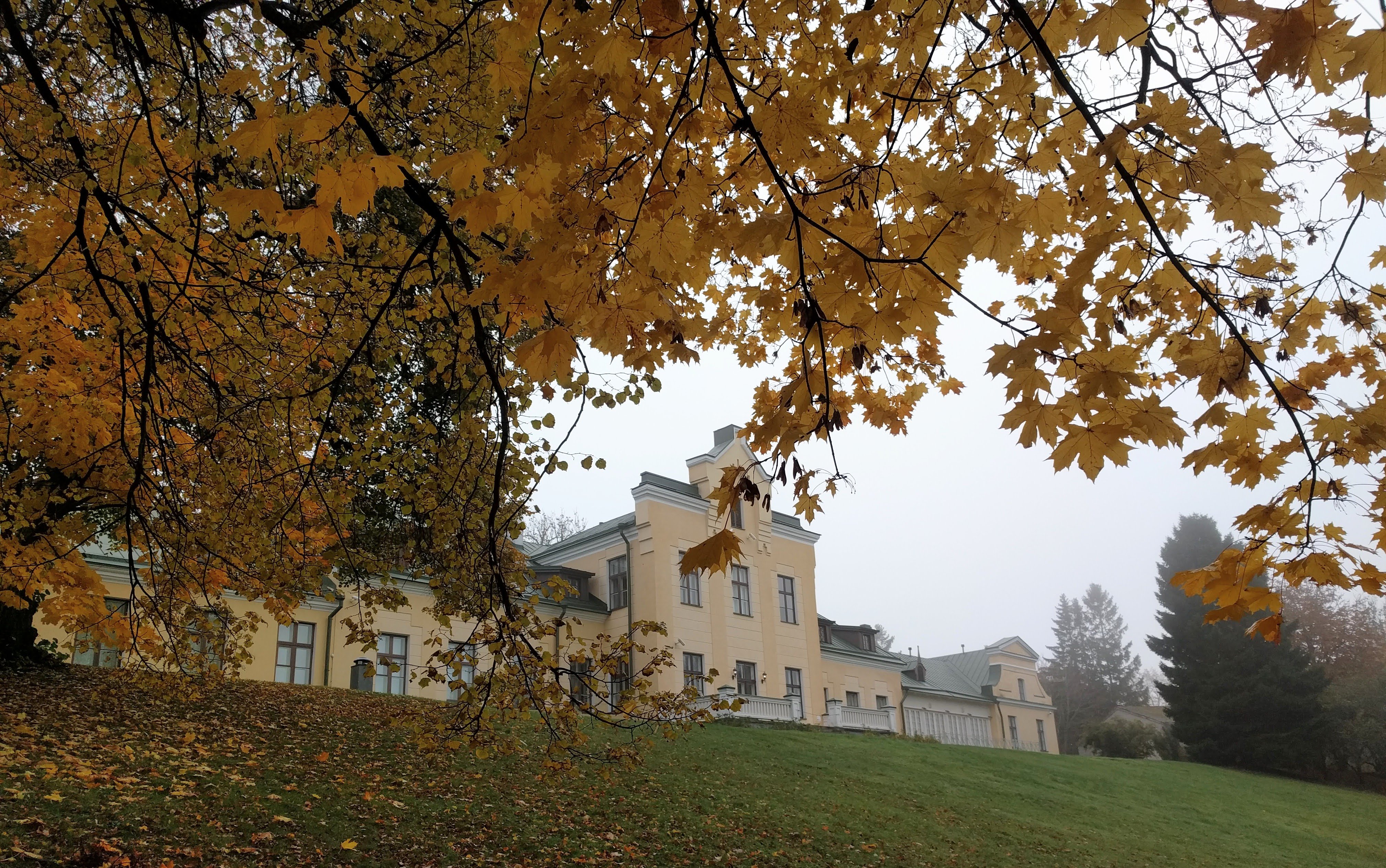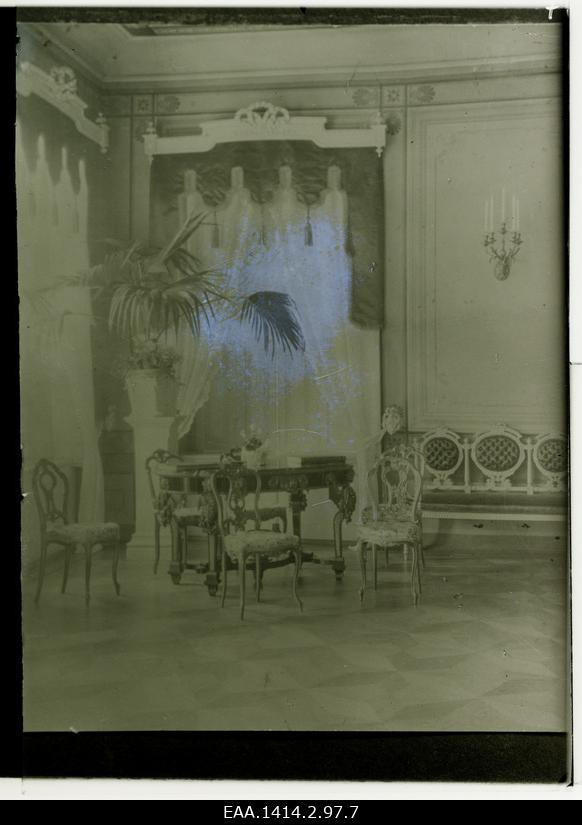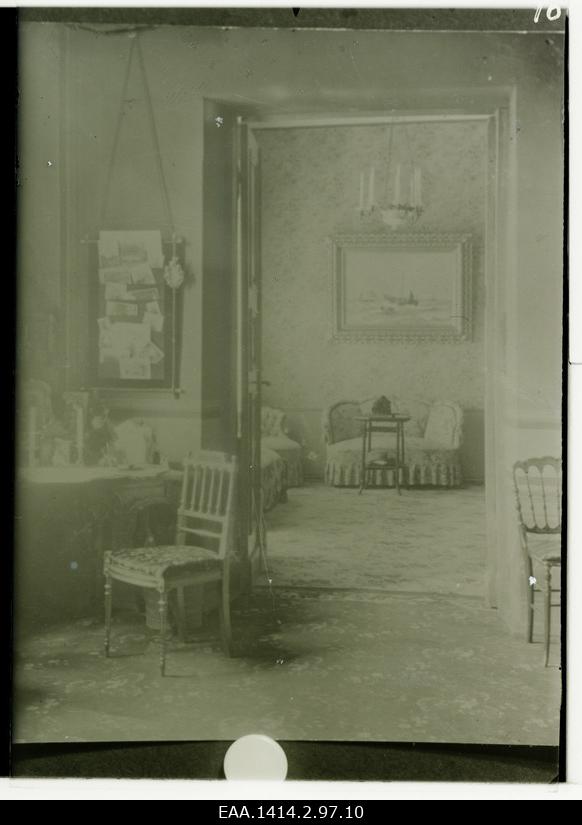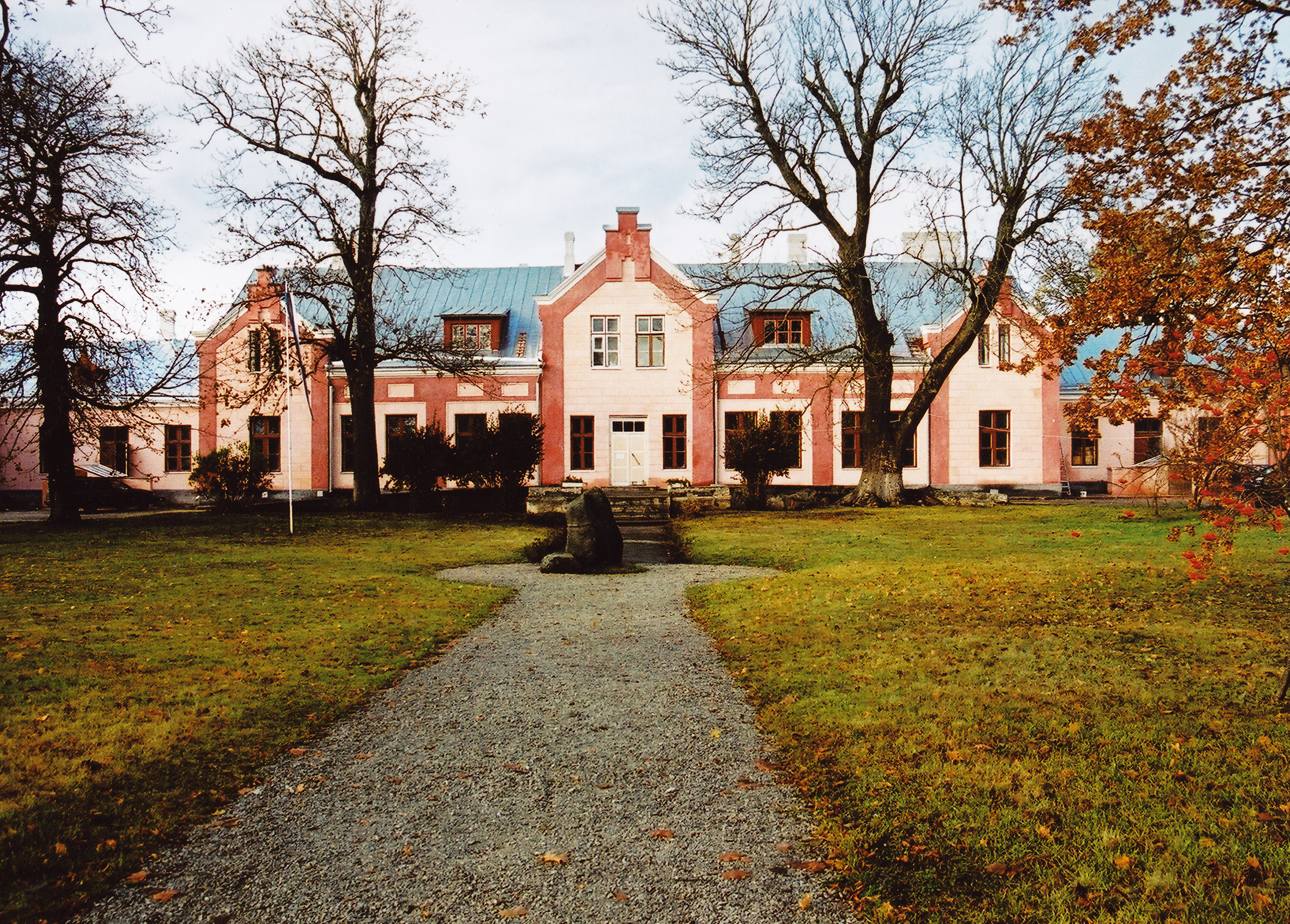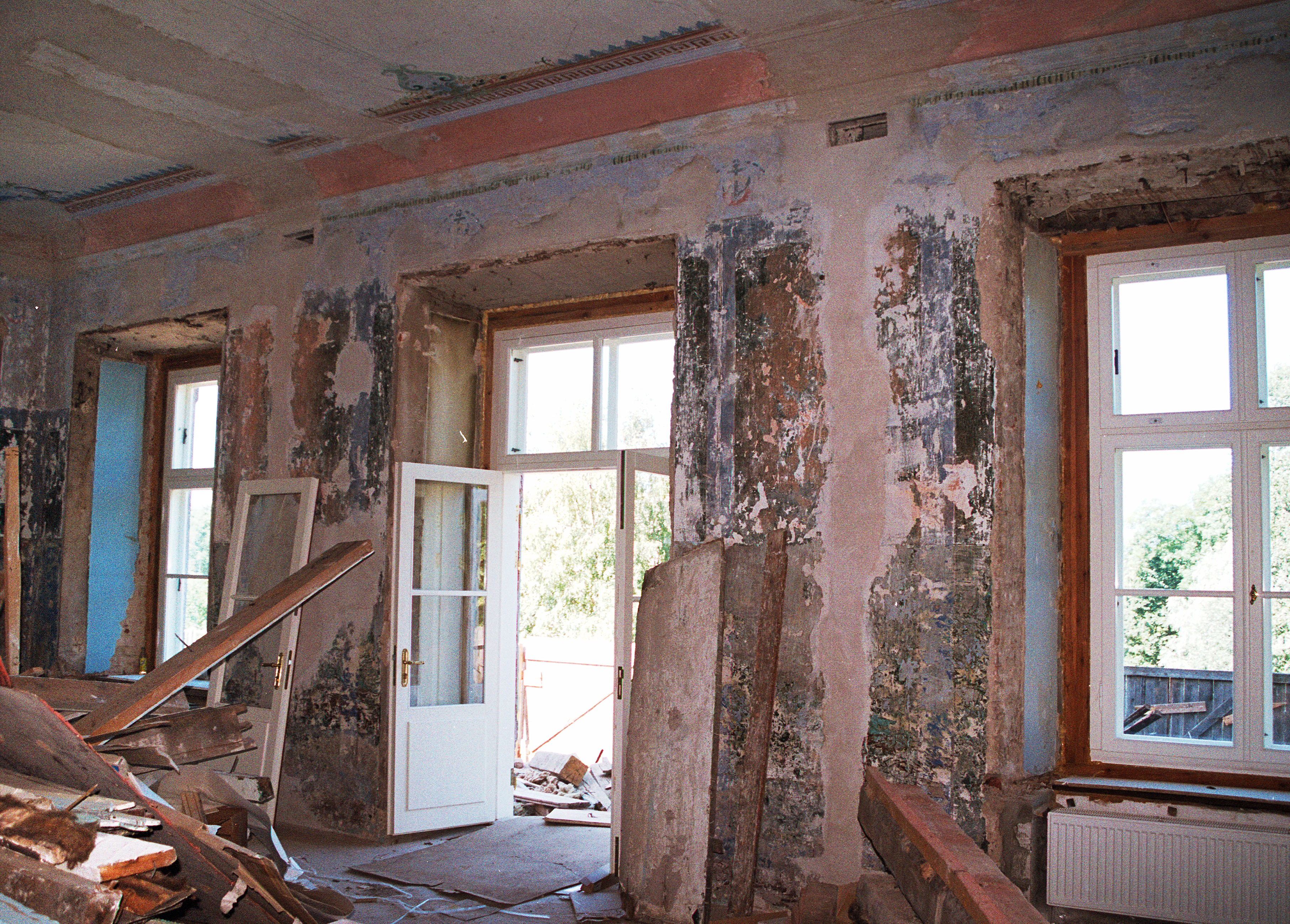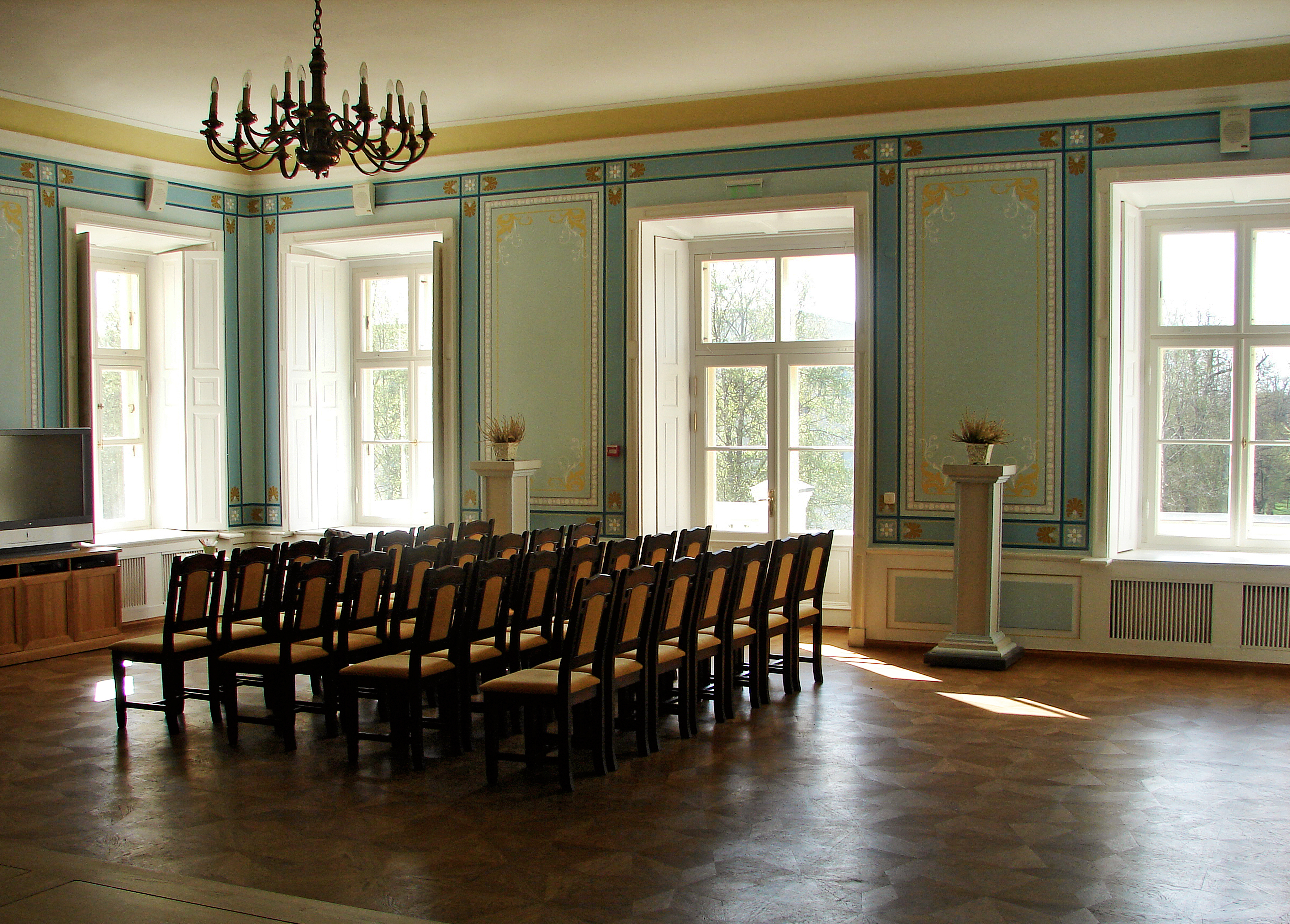
Viimsi manor
Viimsi Village in Jõelähtme Parish is mentioned in the Danish Census Book of 1241. Viimsi Manor was founded in 1471, when Pirita Convent purchased the village from the Livonian Order and founded a manor there. In 1569, the manor became the property of the Swedish state. The manor was put into state use again in 1643, when the guardianship government of Christina, Queen of Sweden commissioned it to supply the Estonian Governor‑General. In 1758, Elizaveta, Empress of Russia gave the manor as a gift to the Estonian Governor‑General Duke Friedrich Holstein-Beck, who sold it to Count Friedrich Magnus Stenbock two years later. Stenbock’s heirs sold the manor in 1800. After changing hands several times, the manor became property of Count Alexander von Buxhoeveden in 1818, who ordered the current main building to be built. In 1874, the manor was purchased by Baron Victor Maydell, who later became Mayor of Tallinn. Emil-Felix Schottländer and his heirs owned the manor from 1882 to 1919.
Viimsi Manor was located in Jõelähtme Parish. In the early 20th century, Viimsi Manor had pasture manors in Haabneeme, Lubja and on Aegna Island. The estate comprised nine villages: Haabneeme, Pirita, Kaasiku, Lubja, Miiduranna, Püünsi, Rohuneeme, Rummu and Aegna. In 1914, Viimsi Manor had almost 2,400 ha of land. The manor had sold 920 ha to 58 farms.
In 1919, the manor was given to the Republic of Estonia in accordance with the Land Act. In 1923, the Parliament awarded the manor to Lieutenant General Johan Laidoner for his services in the War of Independence. The manor remained in Laidoner’s ownership until 1940.
After World War II, the main manor house and the immediate surroundings were in the use of the Soviet Union Baltic Navy. The last remaining Russian navy unit left Viimsi in october 1992. After that, the manor housed the Viimsi Parish Museum. The Estonian War Museum has been operating in Viimsi since 2001.
The core of the manor was constructed in more detail in the 18th century. The still intact central walls of the main building also date back to that period. After a fire in 1865, the main building was restored in a historicist style and the two wings of the building were considerably elongated. The back of the main building looked over a deep precipice, which used to offer a view over Tallinn Bay. The storms of history have spared the chimney, which is still intact and makes for a cosy fireside on winter nights.
The manor park is home to a memorial to Johan and Maria Laidoner. The memorial design competition yielded 18 submissions and the winners were Juhan Kangilaski and Maria Freimann, with their work titled Taaskohtumine (Reunion). The monument depicts the return of the Laidoners after a long absence – a reunion at a symbolic gate. It is four metres high and made of black granite.

